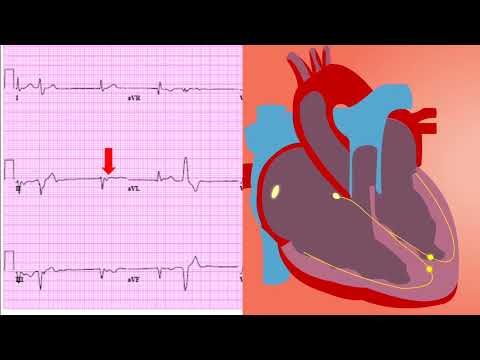🎬 Video Summary
This video provides a comprehensive overview of vaginal hysterectomy, a surgical procedure where the uterus is removed through the vagina. It explains the reasons for performing a hysterectomy, such as cancer, fibroids, or chronic pain. Gain a better understanding of this common surgery and its implications with this informative guide.
🧠Teaching Pearls
- Learn about the different reasons a vaginal hysterectomy might be necessary, including cancer and fibroids.
- Understand the steps involved in a vaginal hysterectomy procedure.
- Discover the potential benefits of vaginal hysterectomy as a treatment option.
- Explore the considerations for patients undergoing a vaginal hysterectomy.
❓ Frequently Asked Questions
Q: What are the main reasons for needing a vaginal hysterectomy?
A: A vaginal hysterectomy is typically performed to address conditions like uterine fibroids, cancer, endometriosis, or chronic pelvic pain that haven’t responded to other treatments.
Q: What are the advantages of a vaginal hysterectomy compared to other methods?
A: Vaginal hysterectomy often results in less scarring, shorter recovery times, and reduced post-operative pain compared to abdominal hysterectomy.
Q: How long does it take to recover from a vaginal hysterectomy?
A: Recovery time varies, but most women can return to their normal activities within 4-6 weeks after a vaginal hysterectomy.
Q: What are the potential risks and complications associated with a vaginal hysterectomy?
A: As with any surgery, there are potential risks including infection, bleeding, damage to surrounding organs, and blood clots. Your surgeon will discuss these with you.
Q: Will I experience menopause after a hysterectomy?
A: If your ovaries are removed during the hysterectomy (oophorectomy), you will experience surgical menopause. If your ovaries are left intact, you may not experience immediate menopause.
Q: What questions should I ask my doctor before undergoing a vaginal hysterectomy?
A: It’s important to discuss your individual situation with your doctor, including your medical history, the reasons for the surgery, the potential risks and benefits, and the expected recovery process.
🧠 Key Takeaways
- 💡 Vaginal hysterectomy is a surgical procedure involving the removal of the uterus through the vagina.
- 💡 Common reasons for hysterectomy include fibroids, cancer, and chronic pelvic pain.
- 💡 Recovery time for vaginal hysterectomy is generally shorter than abdominal hysterectomy.
🔍 SEO Keywords
Vaginal hysterectomy, hysterectomy surgery, uterine fibroids, hysterectomy recovery, women’s health, gynecological surgery, pelvic pain relief
“`

